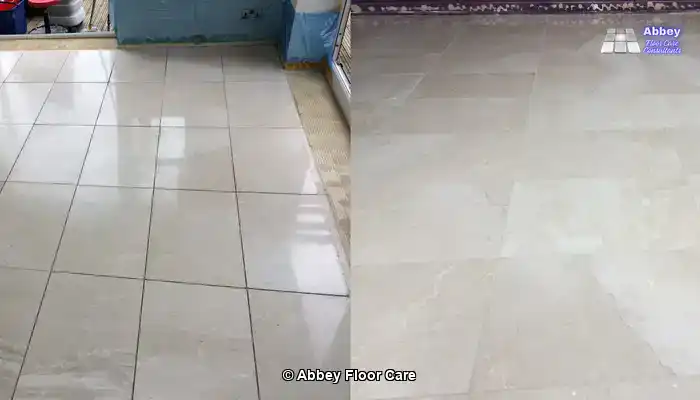
Last Updated on November 6, 2025 by David
Unlocking the Secrets of Restoring Marble to Its Former Glory
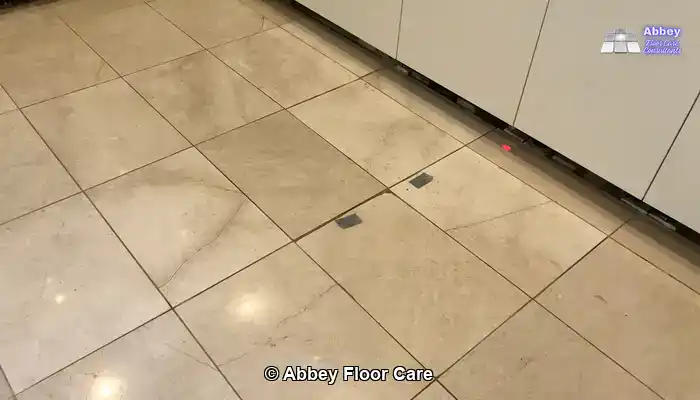
Crucial Information for UK Homeowners on Marble Restoration Techniques
Marble is celebrated for its timeless elegance and exquisite beauty; however, it can gradually lose its stunning clarity, colour, and shine over time, which initially contributed to its status as a preferred choice for residential interiors. Homeowners frequently contend with issues such as scratches, dull patches, etch marks, and stains that leave them questioning whether their marble can ever regain its pristine ‘like new’ appearance. This comprehensive guide delves into what restoration can realistically achieve, its limitations, and the best practices for ensuring lasting results over time. Whether facing acid damage, deep wear, or simply a tired surface, comprehending the restoration process will empower you to make informed decisions about your treasured stone.
Defining “Like New” for Marble Surfaces: What to Expect?
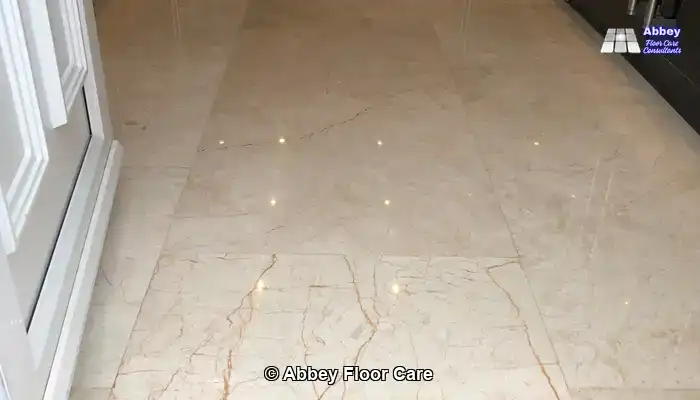
Transforming Marble’s Original Shine, Clarity, and Colour Depth
When homeowners express a desire for their marble to look “like new,” they generally refer to the original shine and clarity—the way light interacts with the surface to reveal the stone’s inherent colour depth. An effective restoration process can successfully replicate this effect by eliminating surface damage and refining the finish. The ultimate outcome is a floor that appears vibrant, smooth, and immaculate, often indistinguishable from a newly installed slab of marble, thereby significantly enhancing the overall aesthetic appeal of the home. Achieving this transformation requires a thorough understanding of the materials and techniques involved in marble care.
Understanding the Differences Between Cosmetic Wear and Structural Damage in Marble
It is crucial to distinguish between cosmetic wear and deeper structural issues when evaluating the condition of your marble. Surface scratches, dullness, and light etching can typically be remedied through honing and polishing techniques. However, more serious issues such as cracks, chips, and internal discolouration may not completely fade away. The restoration process enhances the visible and tactile aspects, but it does not rebuild the underlying stone. Understanding this distinction is vital for setting realistic expectations and ensuring satisfaction with the eventual outcome of the restoration. By assessing the degree of damage accurately, homeowners can choose the most effective methods for restoration.
Exploring the Boundaries of Marble Restoration: What Are the Realistic Outcomes?
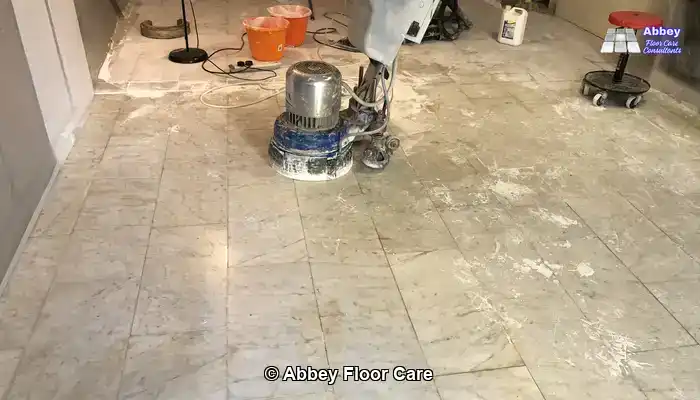
Successfully Addressing Deep Scratches, Chips, and Acid Etching in Marble
The restoration process can effectively eliminate most surface-level damage, such as scratches and minor etching caused by acidic substances like lemon juice or vinegar. These marks can dull the finish and disrupt the clarity of the stone; however, professional honing and polishing techniques can usually restore a smooth and reflective surface. Conversely, deeper scratches and significant chips may necessitate grinding or filling methods. While the overall appearance can improve dramatically, some imperfections may still be subtly visible depending on their depth and location on the stone. This understanding is crucial for homeowners to manage their expectations regarding the effectiveness of the restoration.
Identifying the Effects of UV Damage and Internal Discolouration in Marble Surfaces
Marble that has been exposed to intense sunlight for prolonged periods may experience fading or yellowing, which can be a significant concern for homeowners. Here’s a detailed overview of why this phenomenon occurs:
UV Ray Damage (Fading): Sunlight, particularly its ultraviolet (UV) rays, can lead to the fading of the natural pigments within the stone over time. This photochemical reaction can result in colour loss, making the marble appear less vibrant or giving it a washed-out look. This effect tends to be more pronounced in certain colours of marble, making it essential for homeowners to consider the placement and environment of their marble installations.
-
- Yellowing: Yellowing in white marble is often attributed to prolonged exposure to UV light.
- Iron Oxidation: Many varieties of white marble contain naturally occurring trace amounts of iron. When exposed to moisture and oxidising agents (like air or water), the iron can rust, and this process may be hastened by sunlight and heat, leading to yellow or brown discolouration.
- Surface Degradation: UV rays can also degrade any sealants or resins applied to the marble, causing them to yellow and dull the surface’s appearance.
While marble is celebrated for its durability, it is more susceptible to UV-induced changes compared to harder stones like granite or quartzite. This concern is particularly relevant for marble used in outdoor settings or areas that receive significant, direct sunlight (for instance, a sunny windowsill or near a large, unshaded window). Homeowners should take proactive steps to mitigate these effects.
To protect marble, it is often advisable to use:
- UV-resistant sealants
- Shades, blinds, or curtains for indoor installations
- Proper placement to limit direct sun exposure.
The restoration process can enhance the surface appearance but cannot reverse colour changes that originate beneath the surface. Homeowners must be aware of the limitations of restoration methods to maintain realistic expectations.
Visual Comparison: Before and After Marble Affected by Iron Oxide Stains
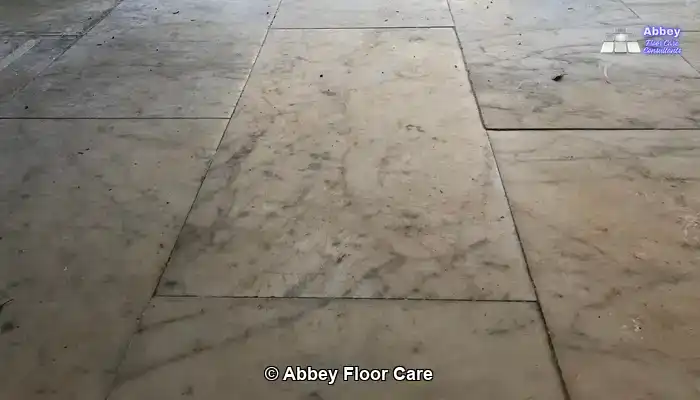
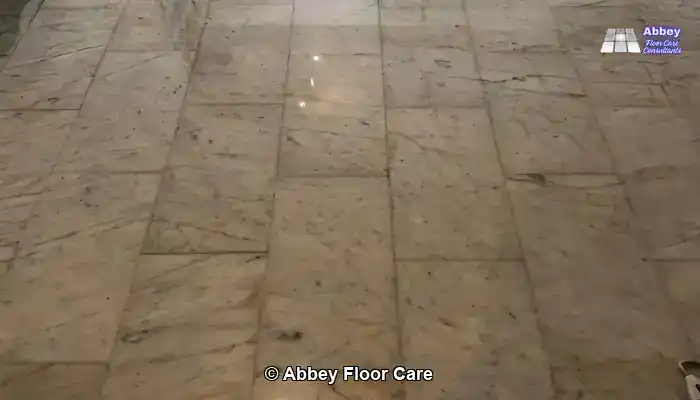
In such scenarios, the focus shifts from achieving a “like new” appearance to creating a cleaner, more uniform finish that minimises visual distractions, thereby enhancing the overall presentation of the marble. The goal is to ensure that the marble looks its best while acknowledging the challenges posed by certain types of damage.
Understanding the Essential Processes of Honing, Polishing, and Full Restoration of Marble Surfaces
Identifying When Polishing is Sufficient for Marble Restoration
Polishing serves as a surface-level treatment that revitalises shine by smoothing out fine scratches and enhancing reflectivity. It proves particularly effective for dull marble that remains otherwise intact. If the stone has lost its gloss due to wear or mild etching, polishing alone may suffice to restore a “like new” appearance. However, this technique will not eliminate deeper flaws or rectify uneven surfaces, making it essential to evaluate the condition of the marble before proceeding with polishing. Homeowners must be cautious and informed about when to opt for polishing versus more intensive restoration methods.
Recognising the Need for Honing or Grinding Techniques for Marble Surfaces
Honing delves deeper than polishing. It removes a thin layer of the marble to eradicate scratches, etch marks, and surface damage. In instances of more severe wear, grinding may be required to level the stone and reset the finish entirely. These processes are more intensive but can yield dramatic results. When homeowners desire a truly fresh surface—one that looks and feels like new—honing or grinding is often the necessary step to accomplish that goal. Understanding the right approach for your specific marble condition is crucial for achieving optimal results.
Evaluating DIY Marble Restoration Kits vs. Professional Results
Exploring the Capabilities of DIY Kits for Marble Restoration
DIY marble restoration kits typically include polishing powders, sealers, and basic tools. These products can enhance surface shine and diminish the visibility of light etching. For small areas or minor dullness, they represent a budget-friendly method to refresh the stone. However, they seldom yield a genuine “like new” finish. Without access to professional-grade abrasives and machinery, deeper flaws often remain unaddressed, resulting in inconsistent results across the marble surface. Homeowners should weigh the pros and cons of DIY solutions versus professional services for meaningful restoration.
Why Professional Equipment is Essential for Effective Marble Restoration
Professional restoration employs diamond abrasives, rotary machines, and graded polishing compounds that work through various stages. This specialised equipment allows technicians to level the surface, eliminate deep damage, and refine the finish with precision. DIY kits lack the power and control necessary for achieving consistent results across larger areas. For homeowners seeking a flawless, durable outcome, the expertise and tools provided by professionals make a significant difference in the final appearance of the marble. Investing in professional restoration can ultimately save time and enhance the beauty of your marble.
Estimating the Durability of Restored Marble Surfaces
Factors Affecting Sealing, Cleaning, and Wear Patterns of Marble
After the restoration process, applying a sealant on the marble is crucial for preserving the finish by blocking moisture and minimising stain absorption. A high-quality sealant can last anywhere from 1 to 3 years, depending on usage and environmental factors. Regular cleaning with pH-neutral products while avoiding abrasive pads or acidic spills will extend the life of the restored surface. In high-traffic areas, the finish may gradually lose its shine, but with proper care, the marble’s clarity and luster can be maintained for many years, ensuring it remains an attractive feature of your home. Recognising the need for routine maintenance is key to prolonging the life of your marble surfaces.
Is It Possible to Repeat the Marble Restoration Process Over Time?
Absolutely, marble restoration is a repeatable process. If the surface becomes dull or scratched again, it can be rehoned and repolished as necessary. However, each cycle removes a small amount of stone, making it essential to avoid excessive wear between treatments. Homeowners who maintain a routine—including resealing and gentle cleaning—will find that restoration remains a worthwhile investment over time, preserving the beauty and integrity of their marble flooring. Understanding the cyclical nature of marble care will empower homeowners to manage their surfaces effectively.
Will Restored Marble Develop an Authentic Patina Over Time?
Distinguishing Between Natural Patina and Artificial Gloss in Marble Finishes
Even after restoration, marble continues to age naturally. Over time, subtle wear patterns, micro-abrasions, and environmental exposure contribute to the development of a soft patina—a gentle sheen that reflects the stone’s history. This natural patina is distinct from the artificial gloss achieved through polishing and sealing. Initially, a restored surface may appear brand new; however, it will gradually acquire character again. For many homeowners, this evolving finish adds a sense of charm and authenticity, particularly in older properties where marble plays a significant role in the home’s narrative. Embracing this natural aging process can enhance the overall appeal of the marble.
Addressing Common Inquiries from Homeowners in Surrey About Marble Restoration
What Are the Average Costs Associated with Marble Restoration in Surrey?
The costs associated with marble restoration can vary significantly based on factors such as the area size, the condition of the marble, and the level of restoration required. Light polishing tends to be more affordable than comprehensive grinding and honing services. In Surrey, many homeowners opt to invest in restoration when the marble is located in high-visibility areas or as part of a broader property enhancement strategy. Although prices can fluctuate widely, the real value lies in preserving the stone and enhancing the overall aesthetic appeal of the home. Understanding the financial implications of restoration can help homeowners make informed decisions.
Can Every Type of Marble Be Successfully Restored?
Most types of marble can indeed be restored; however, the results may vary depending on the stone’s composition and condition. Softer marbles may exhibit wear more quickly and respond favourably to polishing techniques. Conversely, harder varieties may necessitate more aggressive honing methods. Some exotic stones with intricate veining or colour variations may not achieve a uniform finish. A professional assessment is essential to determine what is realistically achievable for your specific flooring. Homeowners should seek expert guidance to ensure the best outcome for their marble restoration projects.
Will the Restored Finish Match the Original Installation of the Marble?
The aim of restoration is to replicate the original finish, but achieving an exact match depends on how the marble was installed and treated initially. If the stone was factory-polished, the restored surface may show slight differences in gloss level or texture. Nevertheless, most homeowners find that the outcome is visually consistent and far more appealing than the worn surface they began with. The goal is enhancement rather than perfection, and in most cases, the transformation is indeed striking. Understanding the nuances of marble restoration can help set realistic expectations for homeowners.
The Article Will Restored Marble Ever Look As Good As New first found on https://www.abbeyfloorcare.co.uk
The Article Restored Marble: Can It Ever Look As Good As New? appeared first on https://fabritec.org
The Article Restored Marble: Achieving a Like-New Finish Was Found On https://limitsofstrategy.com
The Article Restored Marble: How to Achieve a Like-New Shine First Appeared ON
: https://ad4sc.com
Comments are closed